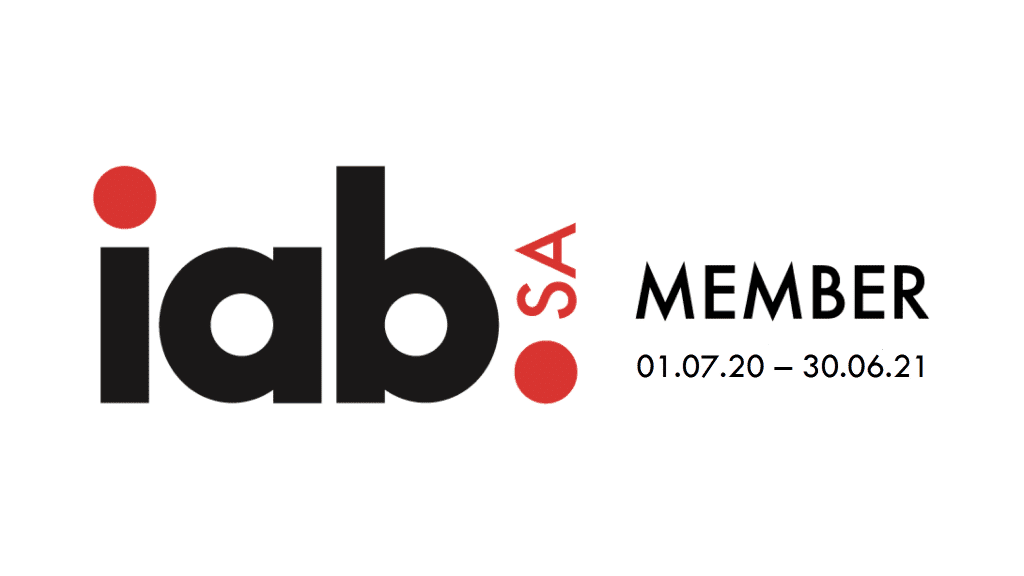In the bustling world of finance, understanding the metrics that drive investment decisions is crucial for both seasoned investors and those just dipping their toes into the market. One such metric that holds significant weight is Assets Under Management (AUM), a barometer of financial health, investor sentiment, and the success of asset management firms.
Unveiling the Concept of AUM
Assets Under Management (AUM) is the total value of money or securities managed by financial institutions on behalf of their clients. For instance, in the context of mutual funds, it represents the sum of the fund’s holdings, including stocks, bonds, and cash.
Calculating AUM: A Simple Scenario
Consider a hypothetical scenario: If 10 individuals each invest R1,000 in a mutual fund, the fund’s AUM stands at R10,000. This metric fluctuates with investors depositing funds (inflows) or withdrawing them (outflows).
AUM as a Market Barometer
Reflecting Investor Sentiment
AUM serves as a valuable tool for market analysis, reflecting investor sentiment and behaviour. In the wake of the COVID-19 crisis, for example, hedge funds experienced notable redemptions, signalling heightened investor anxiety.
eVestment’s Insights
Research from eVestment, a branch of the company operating the Nasdaq stock exchange, highlighted that hedge funds in April 2020 witnessed redemptions three times larger than any other April since 2009. This significant reduction in AUM vividly mirrored investor concerns amid the pandemic.
Stability and Regulatory Oversight
According to the Association for Savings and Investment South Africa (ASISA), the South African hedge funds industry ended 2020 with AUM of R73.27 billion. Hedge funds are divided into two categories: Qualified Investor Hedge Funds and Retail Hedge Funds. Qualified Investor Hedge Funds require a minimum investment of R1 million and are open to investors with a solid understanding of the risks involved. Retail Hedge Funds are more strictly regulated and are open to all investors who can afford the average minimum lump sum investment amount of R50 000.
The PIC is the largest institutional investor in South African listed equities, controlling over 10% of the market capitalisation of the Johannesburg Stock Exchange (JSE). The PIC’s investment mandate prescribes that up to 10% of its AUM can be invested outside of South Africa. Five percent of this is invested in offshore equities and the remainder in the rest of the Africa continent, excluding South Africa.
The Fixed Income division of the PIC manages both short-term investments of up to one year (Money Market), as well as longer-term investments (Capital Market). The PIC is a member of the JSE and only concludes transactions with fellow JSE members.
Most of the AUM of South African investment funds were in mixed assets. Almost 72 billion U.S. dollars in AUM were placed in mixed assets, followed by equities, with around 33.5 billion U.S. dollars, and almost 22 billion U.S. dollars in money market funds.
A new study by Boston Consulting Group (BCG) found that AUM in South Africa grew by 14% in dollar terms in 2020, ahead of the 11% growth in global AUM last year.
Another requirement that may affect AUM in South Africa is the level of Professional Indemnity (PI) insurance that financial service providers (FSPs) need to have. PI insurance covers FSPs against claims of negligence, errors, or omissions in the provision of financial advice or services. The FAIS Act stipulates that FSPs should have an adequate level of PI insurance, and that it is the responsibility of the FSP to assess the risk associated with their own professional services. FSPs are also required to determine what level of cover is required over and above the minimum levels set out by the FSB.
Prestige and Success Measurement
AUM as a Success Yardstick
Investors often use AUM as a measure of an asset management firm’s success and prestige. Larger AUM is associated with higher-profile fund managers and advisors. For instance, as of December 31, 2020, BlackRock, the world’s largest asset management firm, boasted an AUM of R173.54 trillion.
Compensation and Expenses Tied to AUM
Fee Structures and Client Assets
Compensation for investment managers and advisors frequently hinges on AUM. Hedge funds, for instance, operate on a “two and twenty” fee structure, charging 2% of AUM as annual management fees and retaining 20% of profits as a performance fee.
Financial advisors may charge a percentage of a client’s AUM as their annual fee. Additionally, mutual funds incur fees and expenses based on total AUM, with some fees directly deducted from the fund’s assets.
Client Requirements and Investment Opportunities
Minimum AUM for Exclusive Services
Some financial institutions, particularly in the realm of private wealth management, set minimum AUM requirements for clients. For instance, investors keen on opening an account with Goldman Sachs Private Wealth Management need at least R200 million in investable assets.
Understanding AUM not only provides insight into the financial industry’s dynamics but also empowers investors to make informed decisions, assess the stability of financial institutions, and comprehend the fee structures associated with various investment products.
AUM stands as a pivotal metric in the financial landscape, offering a multifaceted view of market conditions, financial stability, and the success of asset management firms. Investors navigating the dynamic world of finance would do well to keep a close eye on this crucial indicator.
















